The Earth’s geological record serves as a time capsule, preserving the remnants of prehistoric life that once dominated our planet. Among these ancient creatures, dinosaurs captivate our imagination like no other. Across the globe, certain regions have yielded extraordinary concentrations of dinosaur fossils, providing paleontologists with unprecedented glimpses into the Mesozoic Era. These fossil hotspots represent geological treasure troves where unique preservation conditions have created natural museums of prehistoric life. From the sun-baked badlands of Montana to the windswept plateaus of Patagonia, these sites continue to reshape our understanding of dinosaur evolution, behavior, and extinction. Let’s explore the most productive dinosaur sites on Earth—places where the past comes alive through the bones of giants that walked the planet millions of years ago.
The Morrison Formation: America’s Jurassic Park
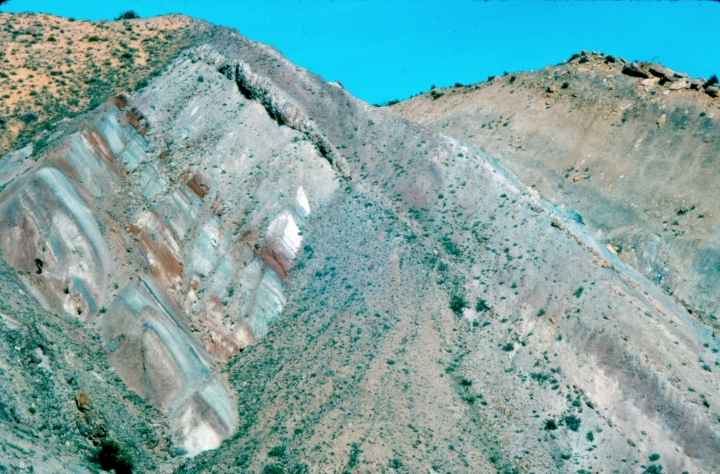
Stretching across the western United States, the Morrison Formation represents one of the richest dinosaur fossil beds in the world. This geological formation dates back to the Late Jurassic period (approximately 155-148 million years ago) and has yielded some of the most iconic dinosaur specimens ever discovered. Giants like Diplodocus, Brachiosaurus, Allosaurus, and Stegosaurus were first found within these rocks, establishing the Morrison as the quintessential Jurassic ecosystem. The formation’s diverse environments—ranging from floodplains to river channels—preserved an extraordinary variety of dinosaur species, giving scientists incredible insights into Jurassic biodiversity. Places like Dinosaur National Monument in Utah, where visitors can view fossils still embedded in rock, showcase the Morrison’s importance as both a scientific resource and educational treasure.
Hell Creek Formation: Witnessing the End of an Era
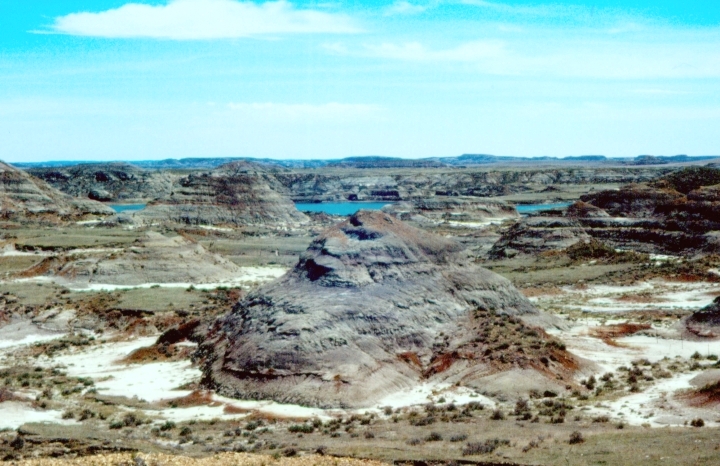
The Hell Creek Formation, spanning portions of Montana, North Dakota, South Dakota, and Wyoming, represents the final chapter of the dinosaur saga. Dating to the late Cretaceous period (68-66 million years ago), these rocks capture the last few million years before the asteroid impact that triggered the mass extinction event. This formation has produced some of paleontology’s most significant discoveries, including numerous Tyrannosaurus rex specimens like “Sue” and “Stan,” which rank among the most complete tyrannosaur skeletons ever found. Hell Creek has also yielded remarkable fossils of Triceratops, Edmontosaurus, and other late Cretaceous fauna, providing crucial data about dinosaur communities just before their extinction. Perhaps most significantly, the formation preserves the K-Pg boundary layer—the thin band of sediment containing asteroid impact evidence that marks the end of the Mesozoic Era.
Dinosaur Provincial Park: Canada’s Fossil Treasury
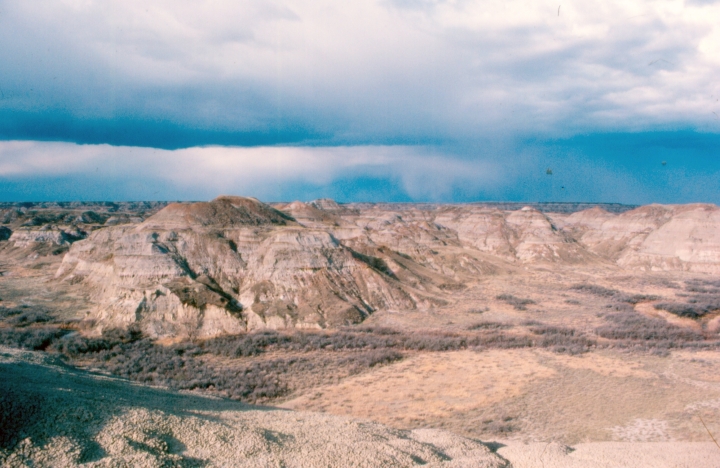
Located in the badlands of Alberta, Canada, Dinosaur Provincial Park represents one of the most fossil-rich areas on the planet. This UNESCO World Heritage Site has yielded over 500 dinosaur specimens from at least 44 different species, all dating from the Late Cretaceous period approximately 75 million years ago. The park’s unique geology created perfect conditions for fossil preservation, as ancient floodplains rapidly buried dinosaur remains before decomposition could occur. Paleontologists have recovered exceptional specimens of Albertosaurus, Centrosaurus, Corythosaurus, and numerous other dinosaurs, many with skin impressions and soft tissue traces that provide rare insights into dinosaur appearance. The concentration of fossils is so extraordinary that some areas contain bone beds with hundreds of individuals preserved together, offering vital clues about dinosaur social behavior, including evidence for herding in certain horned dinosaur species.
The Gobi Desert: Mongolia’s Fossil Wilderness

Mongolia’s Gobi Desert stands as one of paleontology’s most productive and fascinating regions, famous for its extraordinarily well-preserved fossils from the Late Cretaceous period. The arid conditions and sandstone formations of the Gobi have preserved dinosaurs in remarkable detail, often including soft tissues, skin impressions, and even dinosaurs caught in the act of specific behaviors. The most famous discoveries include the fighting dinosaurs—a Velociraptor and Protoceratops preserved while locked in combat—and nesting Oviraptor specimens found brooding atop their egg clutches, providing direct evidence of parental care in dinosaurs. The Gobi also yielded the first dinosaur eggs ever discovered, revolutionizing our understanding of dinosaur reproduction and development. Expeditions led by the American Museum of Natural History in the 1920s and more recent Mongolian-international collaborations continue to uncover remarkable specimens in this fossil treasure house.
Tendaguru Formation: Africa’s Jurassic Giant Factory

The Tendaguru Formation in Tanzania represents Africa’s answer to the Morrison Formation and is one of the Southern Hemisphere’s most significant dinosaur localities. First excavated extensively by German expeditions between 1909 and 1913, Tendaguru yielded massive sauropod dinosaurs including Giraffatitan (formerly Brachiosaurus) brancai—one of the largest dinosaur skeletons ever mounted in a museum. Dating from the Late Jurassic period (approximately 150 million years ago), the formation preserved an ecosystem dominated by enormous herbivores, with multiple sauropod species coexisting in the same habitat. The site also produced important specimens of Kentrosaurus, a relative of Stegosaurus, and the predatory dinosaur Elaphrosaurus. Modern research at Tendaguru continues to reveal how dinosaur faunas differed between the northern and southern hemispheres during the Jurassic, providing evidence for continental separation and distinct evolutionary paths in different parts of the fragmenting supercontinent Pangaea.
Ischigualasto and Talampaya: Argentina’s Triassic Treasure
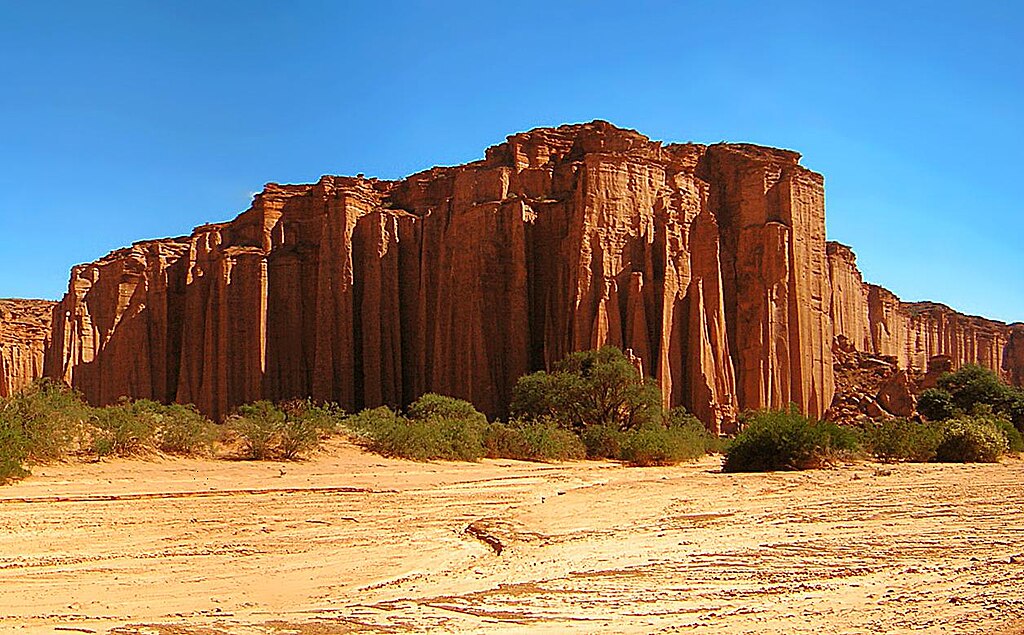
The combined formations of Ischigualasto and Talampaya in Argentina represent one of the most complete fossil records of the Triassic Period anywhere on Earth. Dating from approximately 231-220 million years ago, these sites preserve the early chapter of dinosaur evolution when these creatures were just beginning their rise to dominance. The area has yielded fossils of Eoraptor and Herrerasaurus, some of the earliest known dinosaurs, providing crucial insights into the origins and early diversification of the dinosaur lineage. The formations also preserve a remarkably complete ecosystem, including plant fossils, early mammals, and various reptiles that lived alongside the first dinosaurs. The stark, eroded landscapes of these formations—nicknamed “Valley of the Moon” for their otherworldly appearance—continue to yield fossils that help scientists understand how dinosaurs first evolved and eventually came to dominate terrestrial ecosystems for over 160 million years.
The Nemegt Formation: Mongolia’s Late Cretaceous Eden

The Nemegt Formation in Mongolia’s Gobi Desert represents one of the richest late Cretaceous fossil localities in Asia, dating from approximately 70 million years ago. Unlike the earlier Djadochta Formation (also in the Gobi), which preserved desert environments, the Nemegt Formation represents more humid, river-laced ecosystems that supported larger dinosaurs. This formation yielded spectacular specimens including Tarbosaurus (Asia’s answer to Tyrannosaurus), the enormous-clawed Therizinosaurus, and Deinocheirus—a mysterious dinosaur known only from giant arms for decades until recent discoveries completed the picture of this bizarre omnivorous creature. The Nemegt has also produced remarkable specimens of Gallimimus, the ostrich-like dinosaur memorably featured in “Jurassic Park,” often found in groups suggesting herding behavior. The excellent preservation quality in the Nemegt has allowed paleontologists to study growth patterns, pathologies, and even stomach contents of these late Cretaceous dinosaurs.
The Jehol Biota: China’s Feathered Fossil Revolution
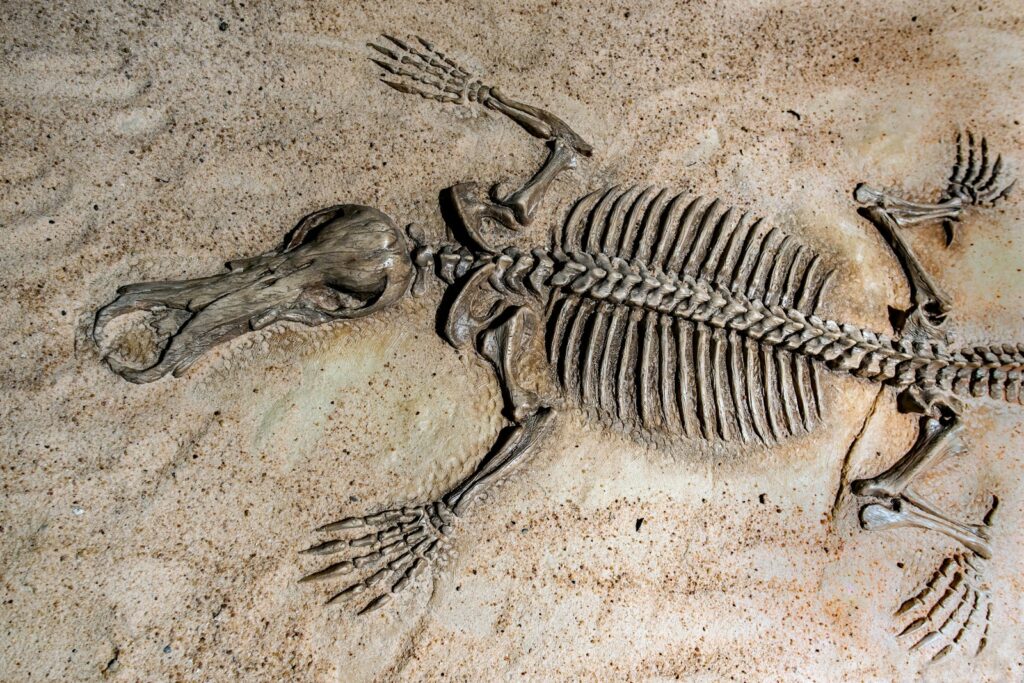
Northeast China’s Liaoning Province houses the spectacular Jehol Biota, a collection of Early Cretaceous formations that have revolutionized our understanding of dinosaur appearance and evolution. Dating from approximately 133-120 million years ago, these fossil beds are renowned for their exceptional preservation, including detailed impressions of soft tissues, internal organs, and most famously, feathers on dinosaurs. The Jehol has produced definitive evidence that many theropod dinosaurs possessed feathers, including remarkable specimens like Sinosauropteryx, the first non-avian dinosaur found with preserved feather impressions, and Microraptor, a small dinosaur with four feathered wings. These formations also yielded early birds like Confuciusornis, helping to document the evolutionary transition from dinosaurs to birds in unprecedented detail. The exceptional preservation results from ancient lake sediments that rapidly buried animals following volcanic eruptions, creating what scientists call a “Pompeii-like” preservation of entire ecosystems frozen in time.
Patagonia’s Diverse Dinosaur Localities

The windswept plains of Patagonia in Argentina have emerged as one of the Southern Hemisphere’s most productive regions for dinosaur discoveries spanning multiple time periods. Unlike some fossil hotspots that represent single formations or time slices, Patagonia offers a remarkable temporal range from early dinosaurs to the giants of the Late Cretaceous. The region has yielded extraordinary specimens, including Argentinosaurus and Patagotitan, contenders for the largest dinosaurs that ever lived, with the latter estimated to weigh up to 70 tons. Other notable discoveries include Giganotosaurus, one of the largest carnivorous dinosaurs, potentially exceeding Tyrannosaurus rex in size. Patagonia’s fossil record is particularly valuable because it documents how southern dinosaur faunas evolved separately from their northern counterparts after the breakup of Pangaea. Modern excavations continue to reveal new species at an astounding rate, with many areas still largely unexplored by paleontologists.
The Western Interior Seaway: Marine Reptiles and Coastal Dinosaurs
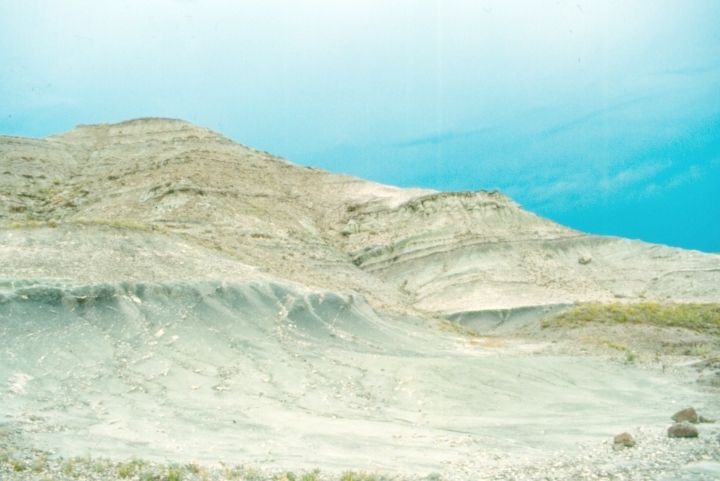
During the Cretaceous period, a vast inland sea split North America into two landmasses, creating unique preservation environments along its shores. This Western Interior Seaway created fossil-rich formations across states like Kansas, South Dakota, and Wyoming that document both marine reptiles and the dinosaurs that lived along the ancient coastlines. The chalky deposits of the Niobrara Formation in Kansas have produced spectacular marine reptile fossils, including mosasaurs, plesiosaurs, and pterosaurs, often with soft tissue preservation. Meanwhile, coastal formations like the Two Medicine Formation in Montana preserved dinosaurs that lived along the seaway’s western margin, including unique species like Maiasaura, which provided the first strong evidence of parental care in dinosaurs. The shifting shorelines of the seaway created multiple environments for preservation, resulting in an exceptional fossil record that helps scientists understand how dinosaur communities adapted to coastal habitats and responded to changing sea levels throughout the Cretaceous period.
The Dashanpu Formation: China’s Jurassic Giants

The Dashanpu Formation near Zigong in China’s Sichuan Province represents one of Asia’s most significant Middle Jurassic fossil sites, dating from approximately 168-161 million years ago. This formation has yielded remarkably complete skeletons from a period of dinosaur evolution that is poorly represented in many other parts of the world. The site is particularly known for its sauropod dinosaurs, including the well-preserved Shunosaurus, Datousaurus, and Omeisaurus, which have helped paleontologists understand sauropod evolution during this critical time period. The formation also produced important specimens of the stegosaur Huayangosaurus and the carnivorous Gasosaurus. The concentration and quality of fossils led to the establishment of the Zigong Dinosaur Museum at the site, built directly over major fossil quarries to preserve them in their original contexts. These Middle Jurassic fossils are especially valuable because they help fill a significant gap in the global dinosaur record, documenting a time when many major dinosaur groups were diversifying rapidly.
Dinosaur Diamond: Utah’s Prehistoric Treasure Trove

Utah’s remarkable concentration of dinosaur-bearing formations has earned portions of the state a designation as the “Dinosaur Diamond,” encompassing some of North America’s most productive fossil localities spanning multiple geological periods. The region includes the famous Cleveland-Lloyd Dinosaur Quarry, which has yielded over 12,000 bones—predominantly from carnivorous dinosaurs like Allosaurus—raising fascinating questions about what might have caused such an unusual accumulation of predators. The Cedar Mountain Formation has produced exceptional Early Cretaceous dinosaurs, including Utahraptor, the largest known dromaeosaur, and Falcarius, a transitional therizinosaur that helps document a major evolutionary shift. The Kaiparowits Formation in Grand Staircase-Escalante National Monument preserves late Cretaceous ecosystems with many species found nowhere else, including Kosmoceratops with its elaborate frill adorned with horn-like projections. Utah’s geological diversity created multiple environments for fossil preservation, resulting in an unparalleled record of dinosaur evolution spanning over 150 million years.
The Santana Formation: Brazil’s Exceptional Preservation
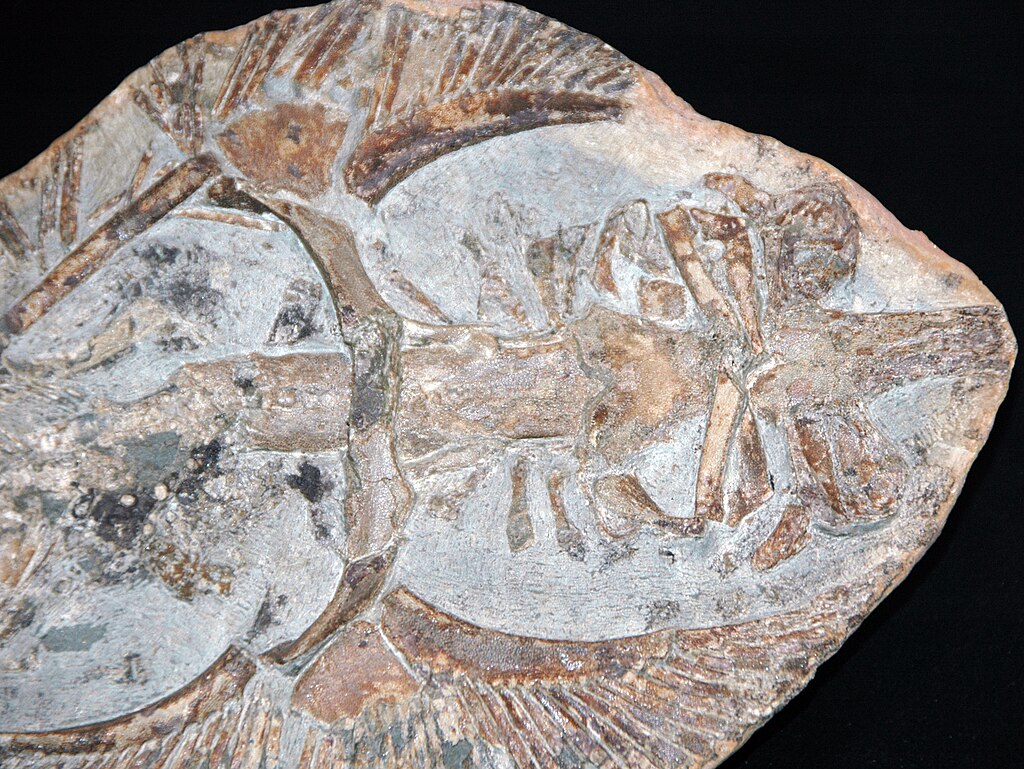
Brazil’s Santana Formation in the Araripe Basin stands as one of the world’s most remarkable fossil localities, famous for its extraordinarily detailed preservation of Early Cretaceous life. Dating from approximately 110 million years ago, this formation is renowned for preserving even the softest tissues and most delicate structures of ancient creatures. While primarily known for its exquisite fish and pterosaur fossils, the formation has also yielded important dinosaur specimens, including Irritator and Angaturama, spinosaurid dinosaurs related to the fish-eating Spinosaurus. What makes the Santana Formation unique is its preservation style—fossils are often contained within limestone concretions that formed around carcasses shortly after death, preserving three-dimensional specimens with soft tissues, stomach contents, and even muscle fibers sometimes visible. This exceptional preservation results from the ancient lagoon’s unusual chemistry, which facilitated rapid mineralization before decomposition could destroy delicate structures, giving scientists an unparalleled window into the Early Cretaceous world of Gondwana.
The Future of Fossil Hunting: New Frontiers and Technologies
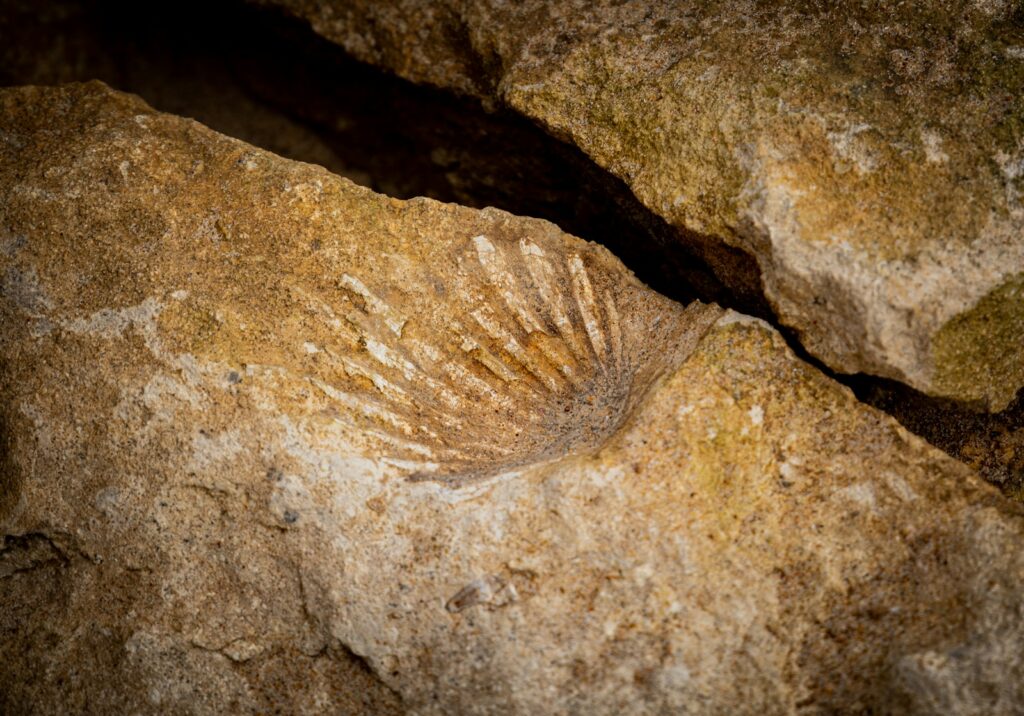
The landscape of dinosaur paleontology continues to evolve rapidly with new discoveries and technologies transforming how researchers find and study fossils. Remote sensing technologies, including LIDAR, ground-penetrating radar, and satellite imagery, now allow paleontologists to identify promising localities in previously inaccessible regions, from the high Arctic to the deserts of Africa and Asia. Modern preparation techniques utilizing CT scanning and 3D printing enable scientists to study fossils non-destructively and share digital models globally, democratizing access to specimens. Molecular paleontology has made stunning advances, with researchers now able to recover proteins and other biomolecules from some exceptionally preserved fossils, pushing back the boundaries of what information can be extracted from ancient remains. Underexplored regions in Madagascar, Antarctica, and parts of Central Asia hold enormous potential for future discoveries that may fundamentally reshape our understanding of dinosaur evolution and ecology. As climate change accelerates erosion in some regions while melting permafrost in others, new fossils are being exposed at unprecedented rates, creating both opportunities and challenges for the next generation of dinosaur hunters.
The Earth’s most productive dinosaur fossil sites offer more than just bones—they provide windows into lost worlds that dominated our planet for over 160 million years. Each location tells a unique story, preserving different time periods, environments, and dinosaur communities that collectively help us reconstruct the evolutionary history of these fascinating creatures. From the feathered dinosaurs of China to the enormous sauropods of Patagonia, these fossil hotspots continue to yield new discoveries that often challenge our preconceptions about dinosaur appearance, behavior, and relationships. As technology advances and more regions of the world become accessible to paleontological exploration, we can expect even more remarkable findings in the coming decades. These ancient boneyards remind us that beneath our feet lies a record of Earth’s past, waiting to be uncovered by those with the patience, expertise, and passion to read the stories written in stone.



